America’s terrain carries history in its old paths. Grooves have been etched into the ground by countless footsteps over generations, forming paths that were lifelines to Native Americans, early immigrants, pioneers, and explorers who created the country we have today. Walking along these paths ties us directly to the lives of those who went before, giving us a vision into their hardships, victories, and daily existence.
From coast to coast, these trails weave together a tapestry of American history spanning thousands of years. Here is a list of 20 historic trails across the United States that you can still walk today, each offering its unique window into the past.
Freedom Trail – Boston, Massachusetts

This 2.5-mile red-brick path winds through downtown Boston, connecting 16 historically significant sites from the American Revolution. The trail takes you past the Boston Common, Paul Revere’s House, and the site of the Boston Massacre, making history feel immediate and tangible.
You can easily walk the entire route in a few hours while imagining the cobblestone streets filled with revolutionary fervor.
Appalachian Trail – Eastern United States

Stretching over 2,100 miles from Georgia to Maine, this trail follows ancient Native American paths that later became routes for early European settlers. The trail passes through 14 states and offers everything from day hikes to multi-month adventures.
Some sections trace routes that Cherokee, Iroquois, and other tribes used for hunting and trading long before European arrival.
Like Travel Pug’s content? Follow us on MSN.
Oregon Trail – Missouri to Oregon

Most of the original 2,000-mile wagon route now lies beneath modern roads — yet several preserved sections allow you to walk in the footsteps of pioneers. Visitors can explore wagon ruts still visible in Wyoming and Nebraska, where prairie wind carries echoes of creaking wheels and cattle lowing.
The National Historic Oregon Trail Interpretive Center in Oregon offers excellent walking paths through authentic trail remnants.
Lewis and Clark Trail – Multiple States
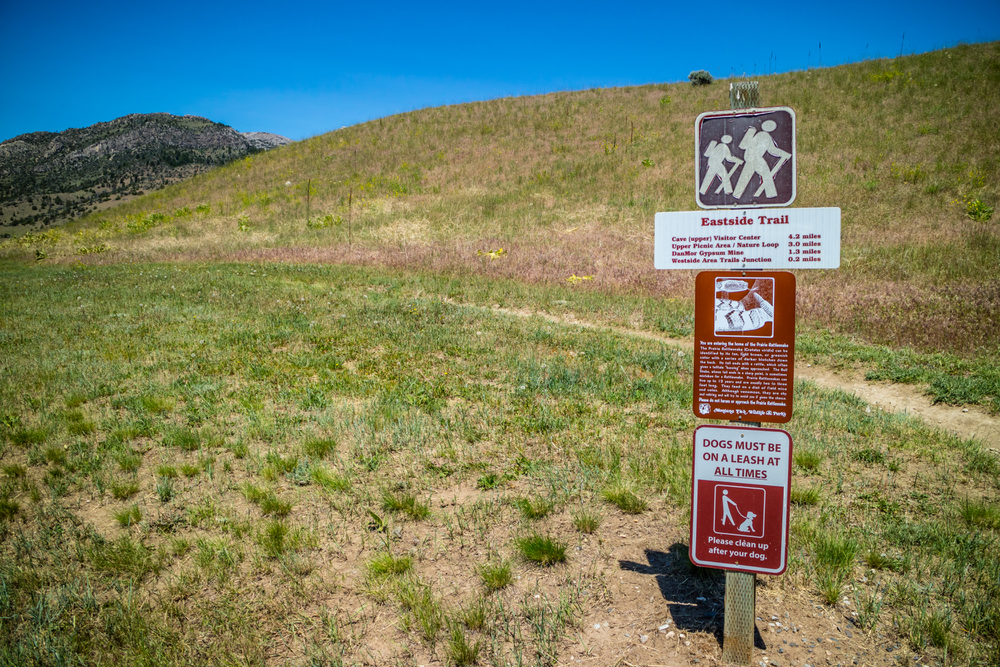
This epic journey covers over 3,700 miles from Missouri to the Pacific Ocean—following the route of the famous Corps of Discovery expedition from 1804–1806. Many sections offer hiking opportunities where you can stand at the same river crossings and mountain passes that challenged the expedition.
The trail provides insight into both the incredible determination of the explorers and the sophisticated knowledge of their Native American guides.
Santa Fe Trail – Missouri to New Mexico
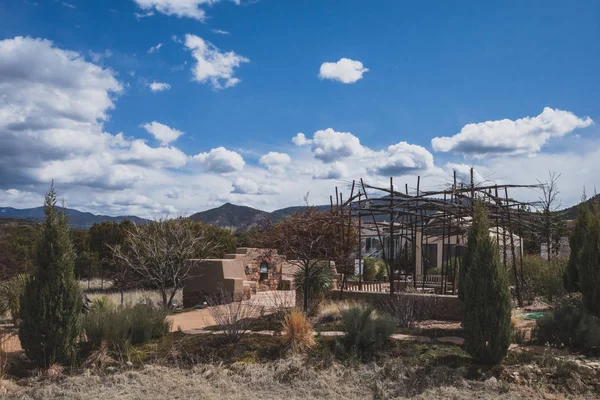
For nearly 60 years, this 900-mile trade route connected Missouri with Santa Fe, facilitating the exchange of goods, people, and culture across the American Southwest. Preserved wagon ruts near Dodge City, Kansas, and other locations let you walk where traders once battled dust storms and river crossings.
However, the trail represents one of America’s first major international trade routes linking Anglo and Hispanic cultures.
Like Travel Pug’s content? Follow us on MSN.
California Trail – Missouri to California

Branching off from the Oregon Trail near Idaho, this route carried over 250,000 gold seekers and settlers to California between 1841 and 1869. The most challenging sections crossed the Sierra Nevada mountains, where many emigrants faced life-or-death situations during winter crossings.
Several preserved segments in Nevada and California offer hiking opportunities through this dramatic landscape.
Mormon Pioneer Trail – Illinois to Utah
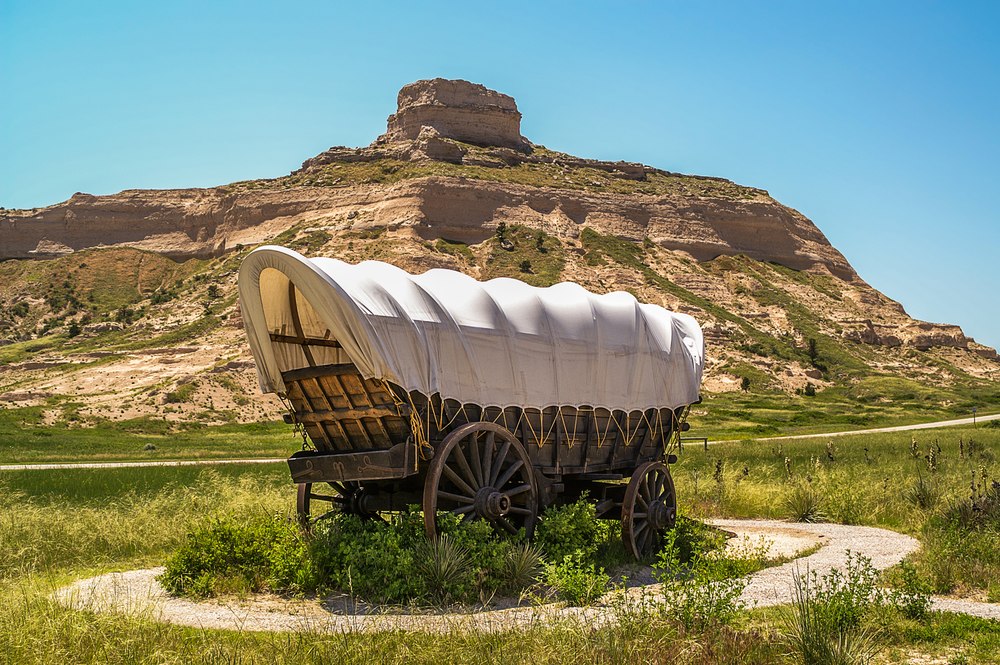
Following much of the Oregon Trail route before turning southwest, this path carried over 70,000 members of The Church of Jesus Christ of Latter-day Saints to their new home in Utah between 1847 and 1868. The trail showcases incredible determination as families walked over 1,300 miles pulling hand carts loaded with their possessions.
Today’s hikers can explore well-preserved sections that demonstrate the challenges these pioneers faced.
Natchez Trace Parkway – Tennessee to Mississippi

This ancient path originated as a series of animal trails used by Native Americans for over 8,000 years before evolving into a vital trade route in the early 1800s. The 444-mile parkway now protects portions of the original trace, offering peaceful walks through forests where merchants once traveled with their profits from New Orleans.
Archaeological sites along the route reveal layers of history from prehistoric times through the Civil War.
Like Travel Pug’s content? Follow us on MSN.
Old Spanish Trail – New Mexico to California

Despite its name, this was primarily a trade route used by Mexican and American traders from 1829 to 1848. The 1,200-mile trail connected Santa Fe with Los Angeles, crossing some of the most challenging desert terrain in North America.
Hikers today can explore sections in Utah and Nevada where traders once struggled across vast salt flats and rocky canyons.
Pony Express Trail – Missouri to California
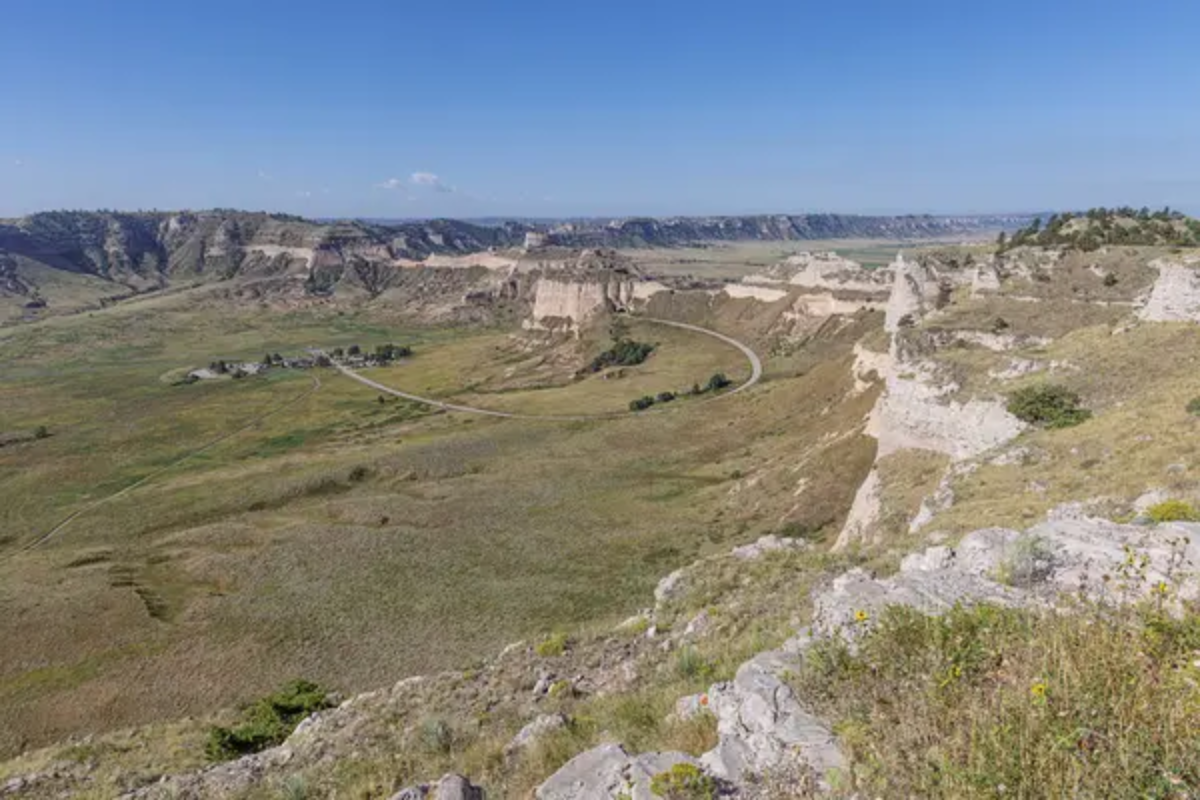
Operating for only 18 months from 1860 to 1861, this mail delivery service created one of the most famous trails in American history. Riders covered nearly 2,000 miles in about 10 days, changing horses every 10–15 miles at isolated stations.
Many original station sites in Nevada and Utah offer hiking opportunities where you can imagine the thunder of hoofbeats and the determination of young riders.
Trail of Tears – Multiple States
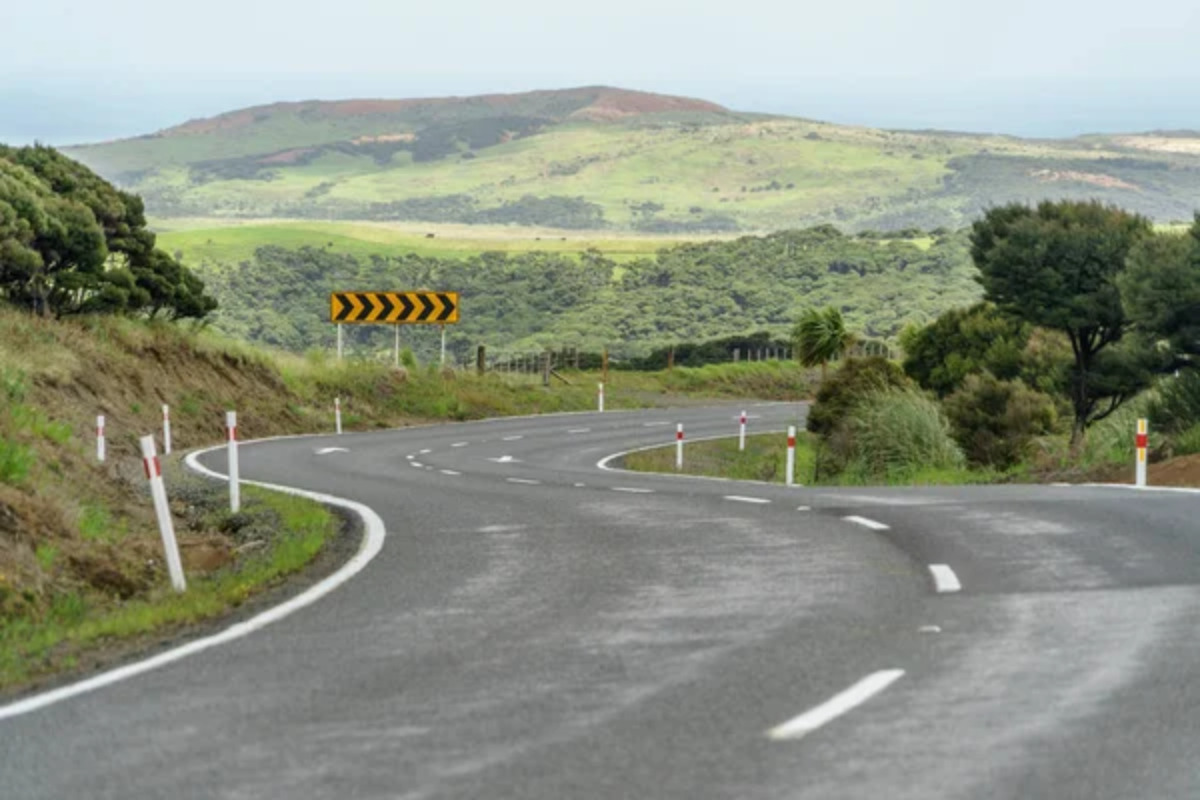
This network of routes marks one of the darkest chapters in American history, as the U.S. government forced the removal of Native American tribes from their ancestral lands in the Southeast to designated areas west of the Mississippi River. Several states maintain interpretive trails and sites that honor the memory of the thousands who died during these forced marches between 1838 and 1839.
These paths serve as powerful reminders of resilience and the injustices that have occurred.
Like Travel Pug’s content? Follow us on MSN.
El Camino Real – California

The ‘Royal Road’ connected California’s 21 Spanish missions from San Diego to Sonoma, covering about 600 miles along the coast. Established in the late 1700s, this trail facilitated Spanish colonization of California and the forced conversion of Native Americans.
Today’s walkers can follow portions that connect several missions, experiencing the landscape that shaped early California history.
Great Indian Warpath – Eastern United States
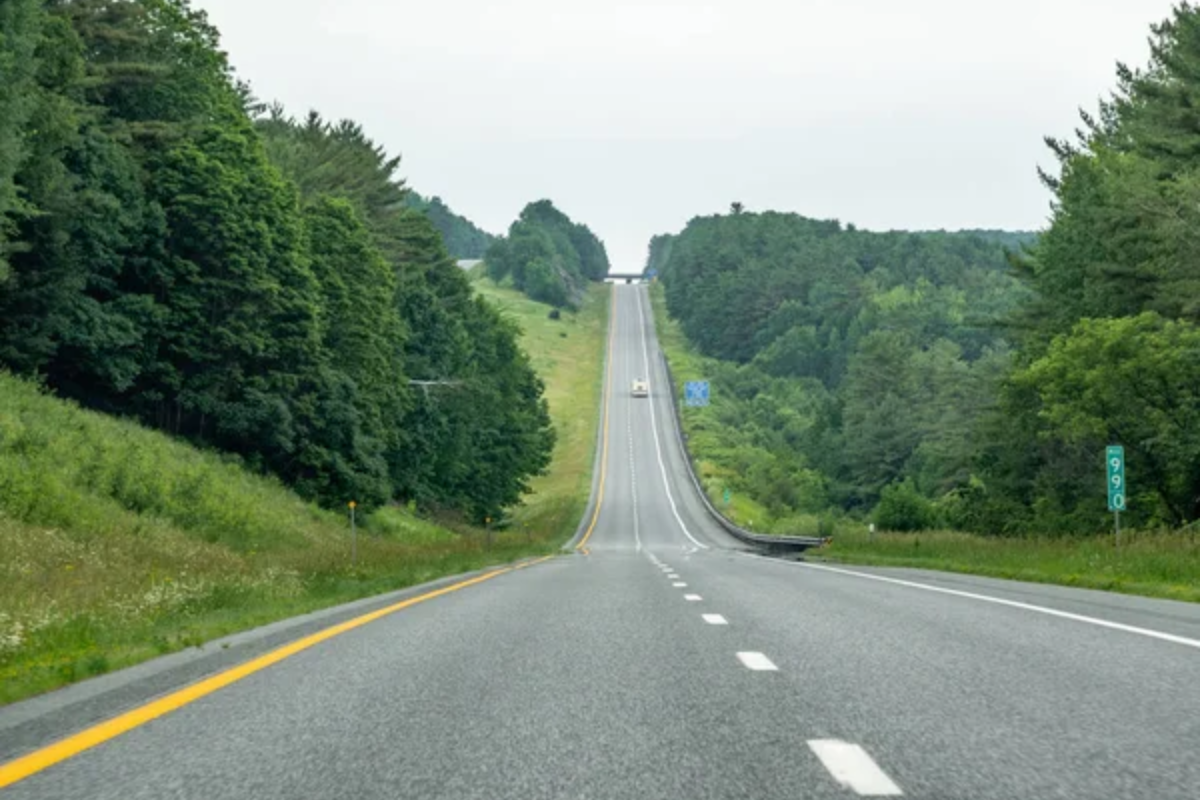
This ancient network of trails served as the primary north-south route for Native American tribes along the eastern seaboard for thousands of years. The path stretched from New York to Georgia, following natural features like river valleys and mountain gaps.
Many modern hiking trails in Virginia and Pennsylvania follow portions of these original routes, though they offer connections to pre-Columbian America that feel surprisingly immediate.
Wilderness Road – Kentucky and Virginia
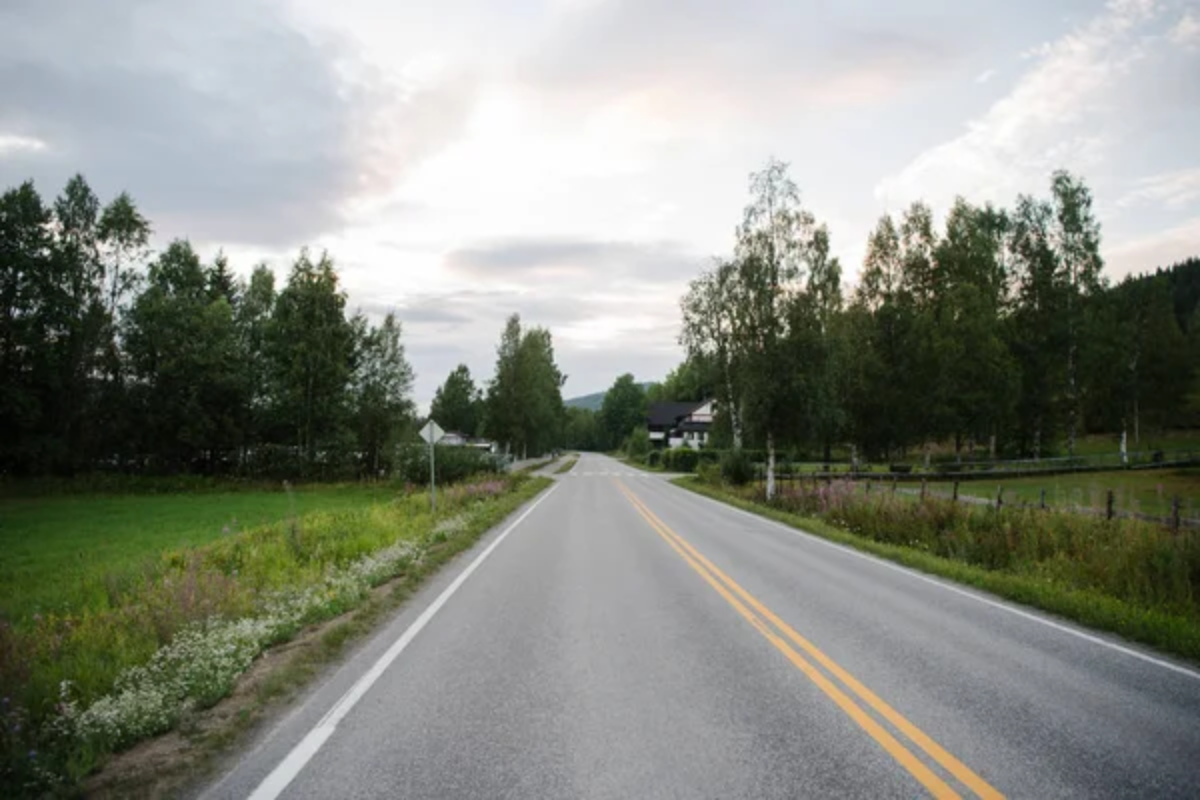
Daniel Boone blazed this trail through the Cumberland Gap in 1775, opening Kentucky to settlement from Virginia and North Carolina. The 200-mile route became the primary pathway for over 200,000 settlers moving west in the late 1700s.
Cumberland Gap National Historical Park preserves sections where visitors can walk the same mountain paths that launched westward expansion.
Like Travel Pug’s content? Follow us on MSN.
Mohawk Trail – Massachusetts
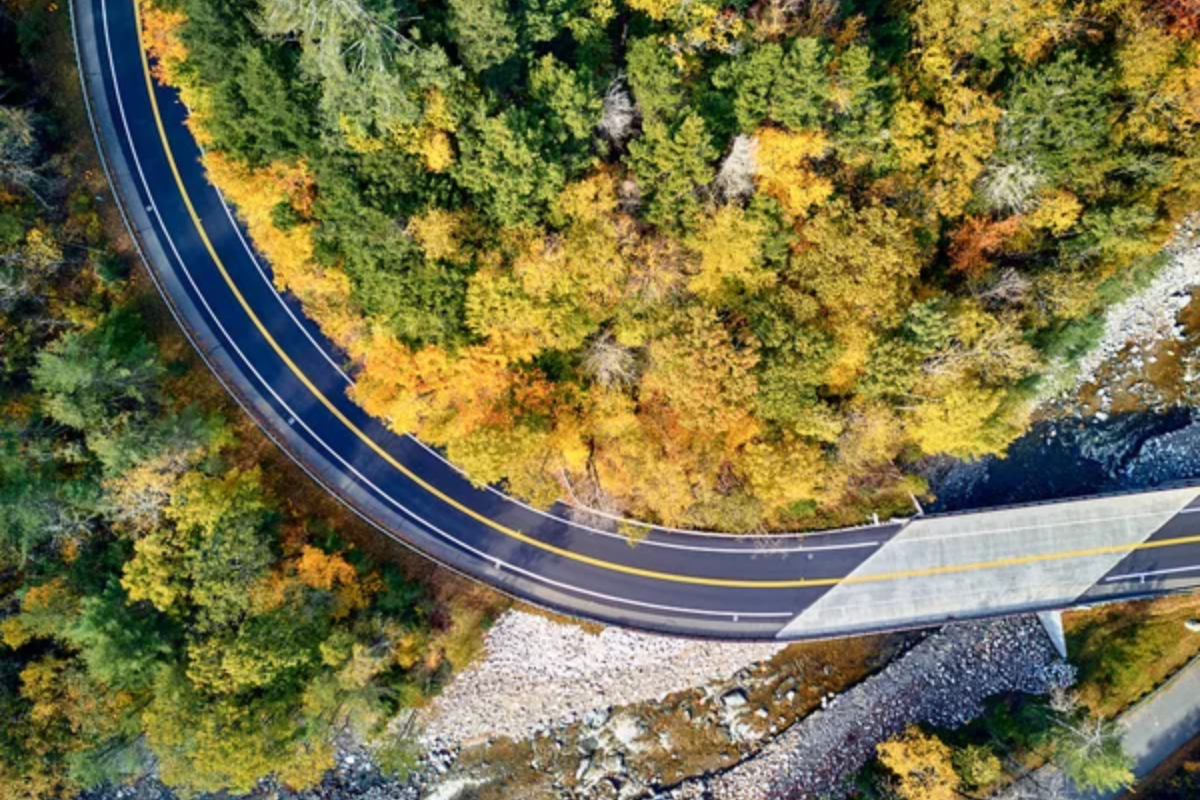
Originally a Native American trade route connecting the Atlantic coast with the Hudson River valley, this trail became a scenic highway in the early 1900s. The route follows the natural corridor of the Deerfield River valley through the Berkshire Mountains.
Modern hikers can explore preserved sections that showcase both Native American history and early American tourism development, though the landscape hasn’t changed dramatically since pre-colonial times.
Historic Route 66 – Multiple States
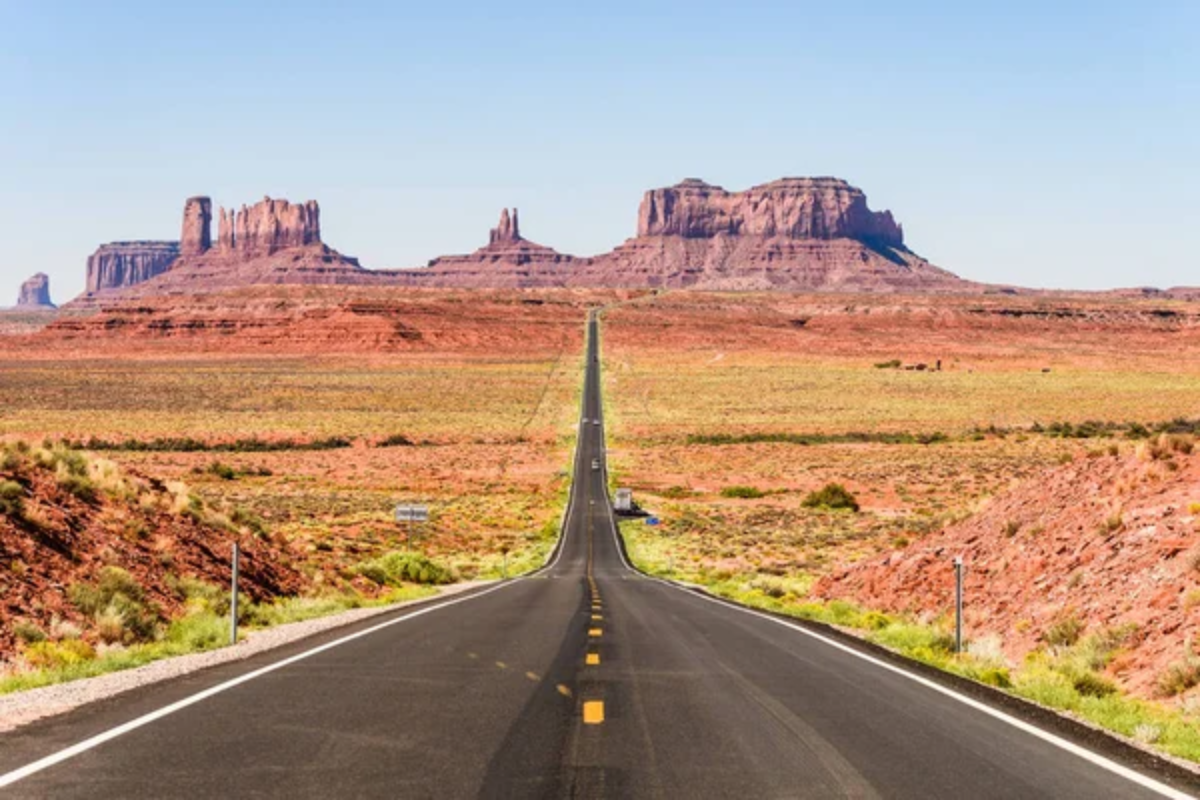
Known as the “Mother Road,” this highway carried millions of Americans west from 1926 to 1985, profoundly changing American culture and the landscape. Though designed for automobiles, many preserved sections offer excellent walking opportunities through historic downtowns and desert landscapes.
The route represents America’s love affair with the automobile and the dream of westward mobility.
Chilkoot Trail – Alaska
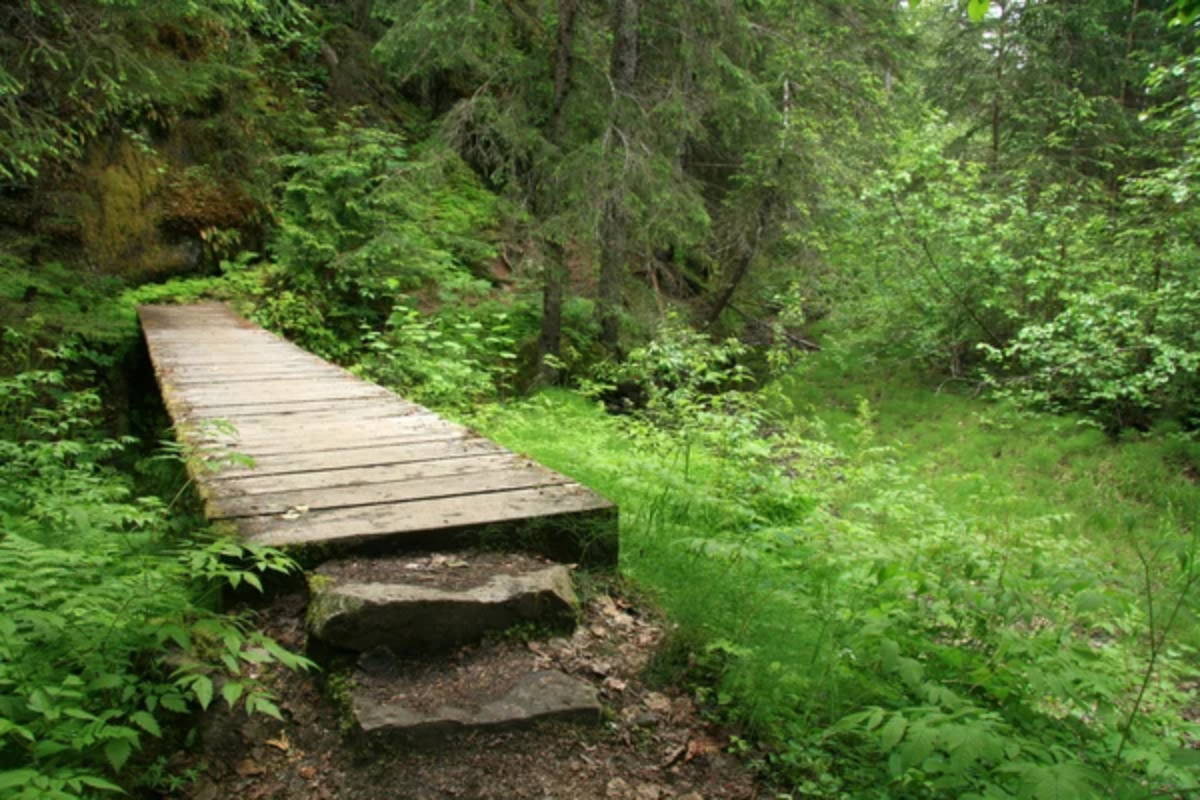
This 33-mile trail gained fame during the Klondike Gold Rush of 1897-1898, when over 100,000 prospectors attempted to reach the goldfields of Canada’s Yukon Territory. The trail crosses from Alaska into British Columbia through challenging mountain terrain that claimed many lives.
Yet, today’s hikers can see remnants of abandoned equipment and imagine the desperation and hope that drove so many north.
Like Travel Pug’s content? Follow us on MSN.
Juan Bautista de Anza Trail – Arizona and California
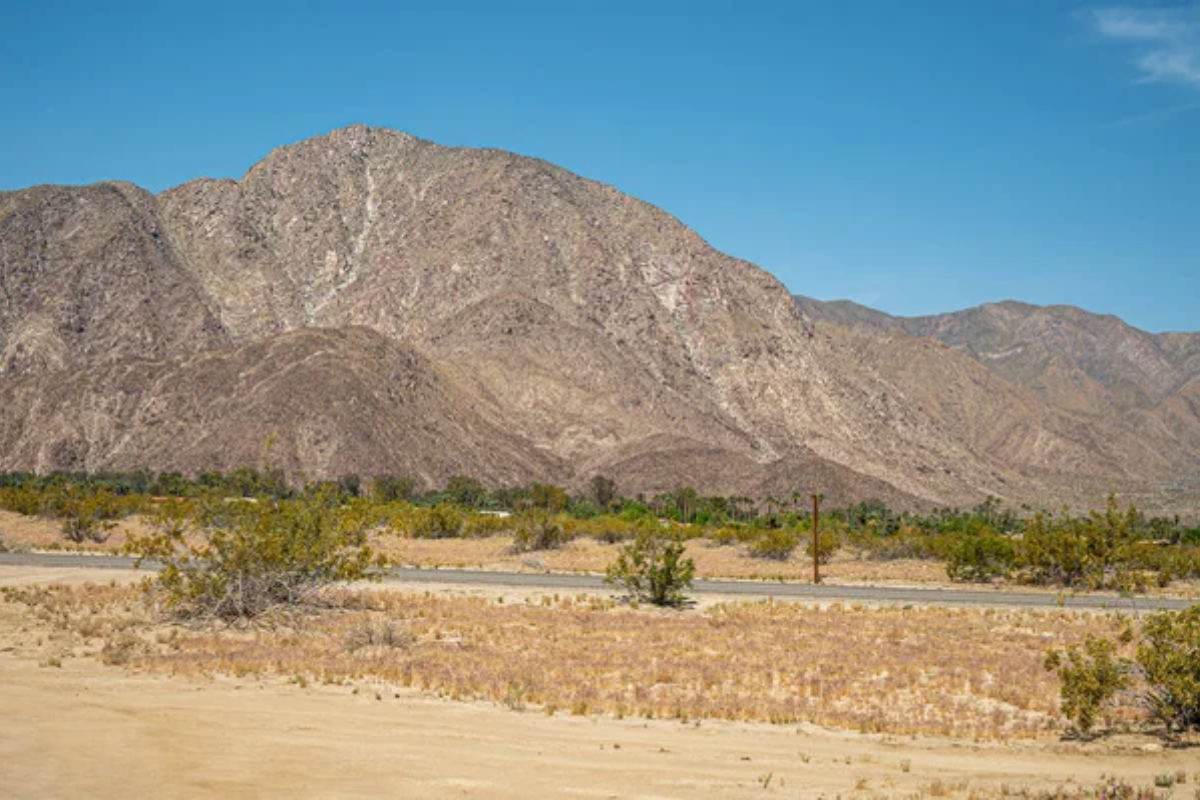
This colonial route connected Mexico with California from 1775 to 1776, as Spanish colonizer Juan Bautista de Anza led 240 settlers across 1,000 miles of desert to establish San Francisco. The trail showcases Spanish colonial expansion and the challenges of desert travel, including the transportation of families, livestock, and supplies.
Several preserved sections in Arizona offer hiking through landscapes that haven’t changed much since Anza’s time.
Iditarod Trail – Alaska
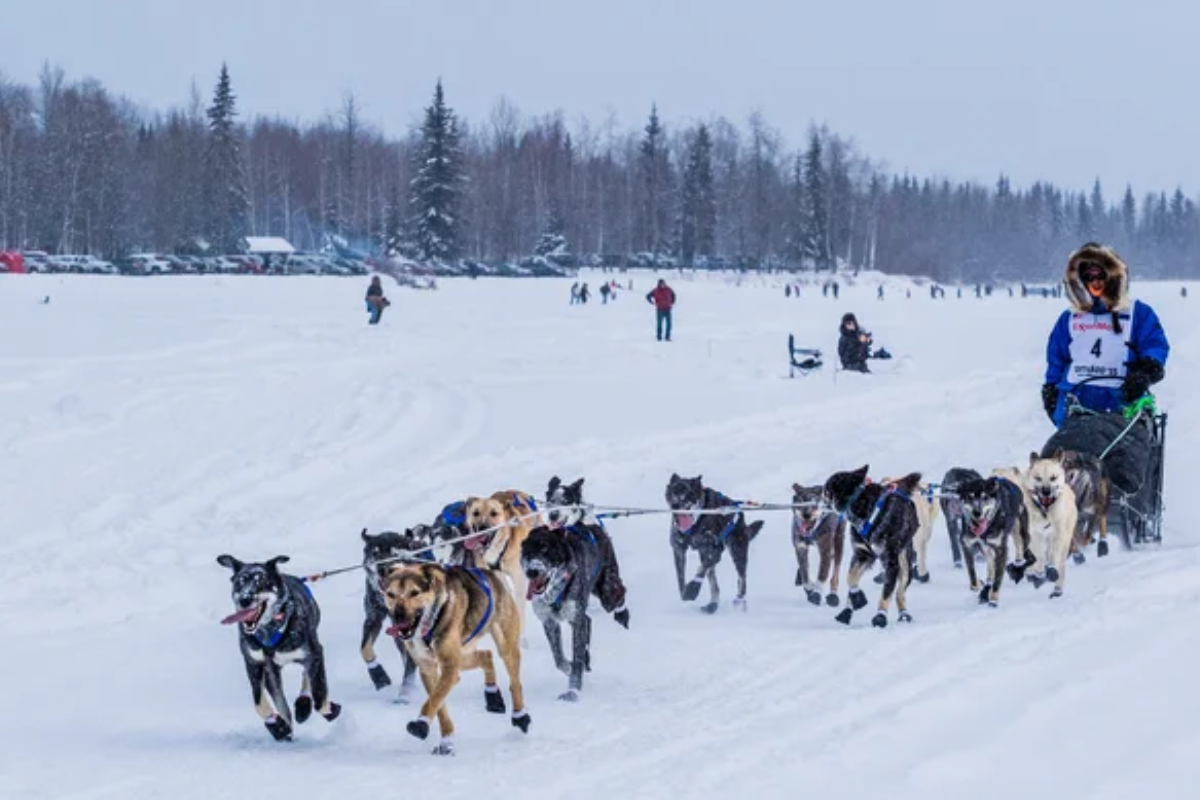
Originally used by Alaska Native peoples for thousands of years, this network of trails became famous during the 1925 diphtheria serum run to Nome and now hosts the world’s most famous dog sled race. The historical trail system covers over 2,300 miles across Alaska’s interior, connecting mining camps, trading posts, and Native villages.
Summer hikers can explore sections that reveal Alaska’s frontier history and the ingenuity required to survive in harsh conditions.
Cumberland Gap – Kentucky, Virginia, and Tennessee
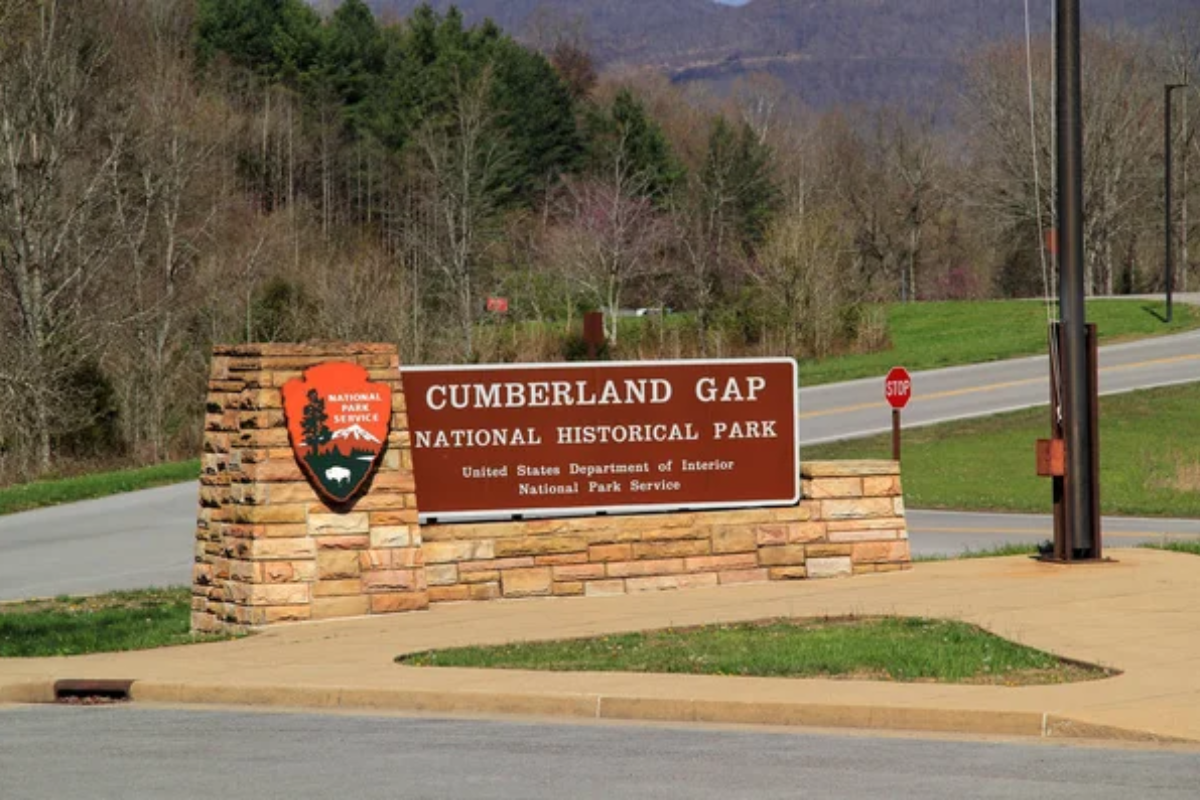
This natural passage through the Appalachian Mountains served as the gateway to the American frontier for over 300,000 settlers between 1775 and 1810. Native Americans used the gap for thousands of years before European settlers followed their paths westward.
Today’s visitors can hike trails that offer spectacular views and interpretive exhibits explaining how this geographic feature shaped American expansion, though the experience remains surprisingly unchanged from centuries past.
Like Travel Pug’s content? Follow us on MSN.
Where Past Meets Present

These historic trails connect us to the countless individuals who shaped America through their footsteps, from ancient Native American hunters to pioneering families seeking new lives. Walking these paths today offers something no textbook can provide—the physical experience of standing where history unfolded.
Each trail tells multiple stories, often challenging our understanding of the past while honoring the experiences of all who traveled these routes. The preservation of these trails ensures that future generations can continue learning from the landscape itself, keeping America’s walking history alive for those who follow in our footsteps.
More from Travel Pug

- 20 Best Beach Towns in the Carolinas
- 13 Destinations Where Tourists Regularly Regret Their Trip
- 20 Destinations That Are More Magical Without an Itinerary
- 20 Underrated Adventures That Belong on Your Travel List
- 20 Cities Where You Should Just Wing It, No Planning Required
Like Travel Pug’s content? Follow us on MSN.
